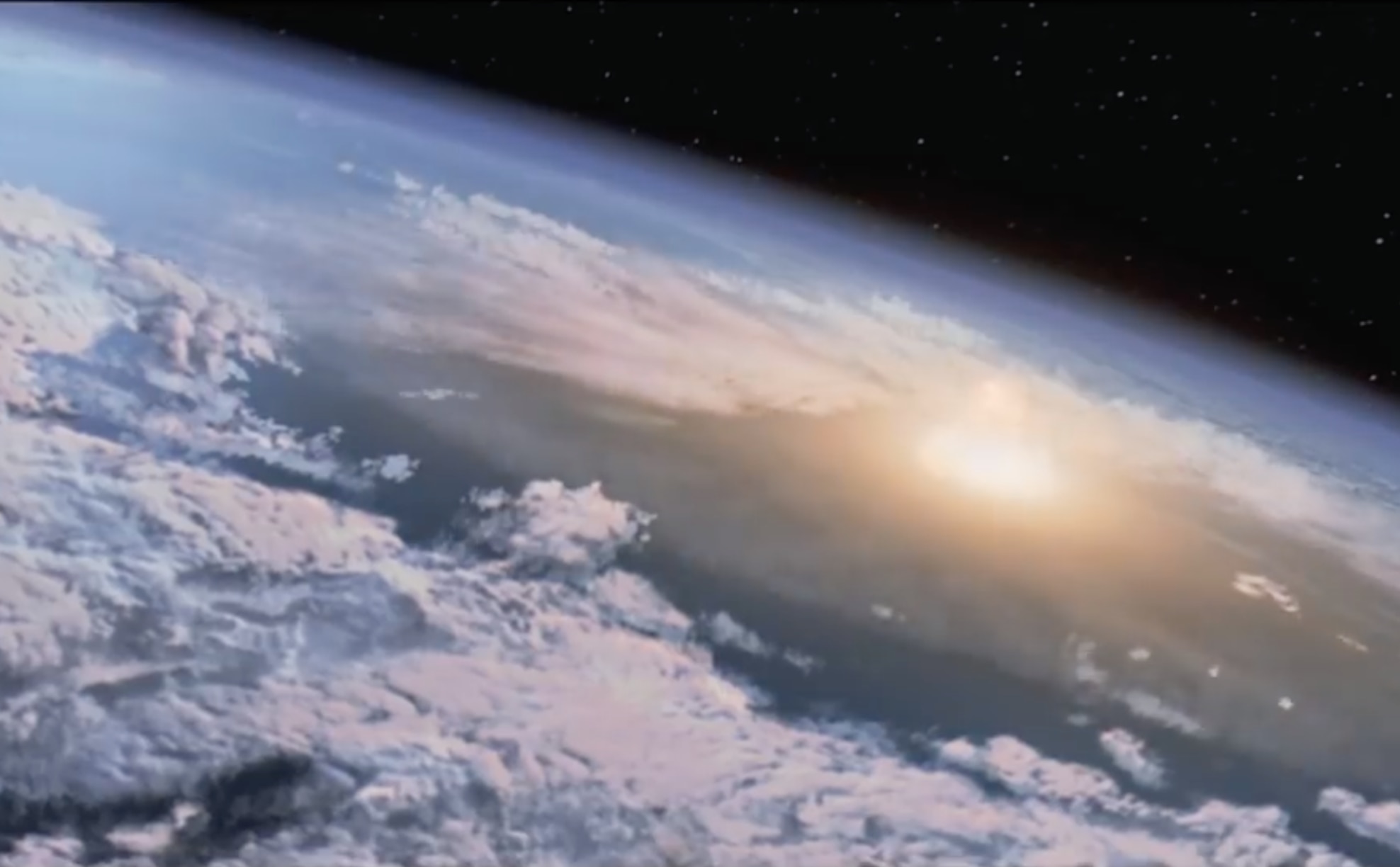Create a free profile to get unlimited access to exclusive videos, sweepstakes, and more!
Potentially Hazardous Space Rock Found by Asteroid-Hunting AI
Put the machines to work! New A.I. algorithm detected asteroid that was missed by other programs.

In 1998, humanity got real worried about asteroids for a minute. Theaters saw two back-to-back asteroid apocalypse movies that year, the Bruce Willis-led Armageddon and the Elijah Wood, Morgan Freeman vehicle Deep Impact (streaming now on Peacock).
In Deep Impact, an impactor 7-miles wide is on a collision course with Earth. Unlike some other asteroid movies, it cannot be stopped, it can only be survived. In an effort to prevent something similar happening to us in the real world, astronomers and engineers are hard at work building the software and hardware that will protect us from a cosmic sucker punch.
Asteroid-hunting Algorithms
There are a whole bunch of rocks out there, whizzing around through space on the invisible tram lines of their orbit. Fortunately, most of those rocks aren't any of our concern. They are just too far away.
RELATED: Mile-Wide Asteroid Found Hiding in Sun's Glare
The space rocks of most concern are what are known as near-Earth objects (NEOs), that's anything within about 50 million kilometers of here (30 million miles). Even most of them aren't worth worrying about, too small to cause any real trouble even if they did hit us. But there is a smaller subset of objects which are both close and large, which are potentially hazardous. To be clear, we call anything that is both close and large "potentially hazardous." The moniker is not an indication that it's likely to hit us anytime soon or at all.
In September of 2022, one such object, an asteroid about 600 feet in diameter, got to within 7.2 million kilometers (4.5 million miles) of us, and nobody noticed. No one, that is, except an algorithm.
Researchers used archival data from the Asteroid Terrestrial-impact Last Alert System (ATLAS) survey. ATLAS takes four images of the same section of sky every night, looking for objects moving across the background. The newly discovered asteroid, now dubbed 2022 SF289, showed up in three images, but not the fourth, so ATLAS missed it.
RELATED: Asteroid impacts formed natural water bottles on the Moon
The new A.I.-powered system can make detections with less data, allowing it to capture objects other programs miss. Researchers suspect there could be hundreds or thousands of objects hiding in plain sight, waiting to be spotted.
There has been a lot of debate of late about what sorts of jobs A.I. should be engaged in, and what activities should be left to humans. I think we can all agree that when it comes to the hunt for potential planet killers, we'll take all the help we can get.
Revisit a vintage end of the world with Deep Impact, streaming now on Peacock!



























